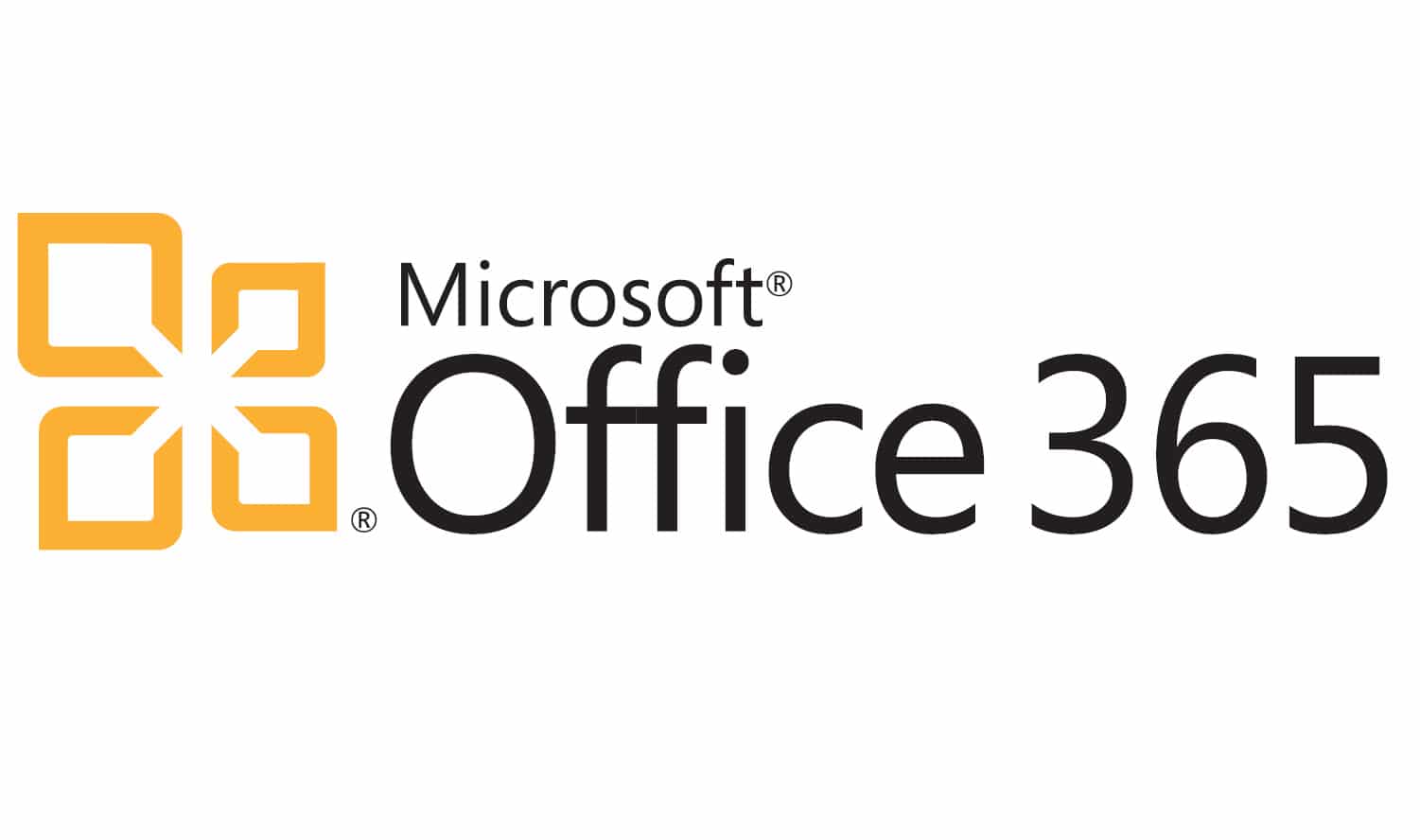Sales: 678.967.3854
Support: 866.252.6363
What We Do
Who We Serve
Success Stories
Latest Thinking
LATEST THINKING
About Us

By the DynaSis Team
In May 2014, a Bitglass survey noted that only eight percent of organizations had adopted Microsoft’s Office 365. All we can say is, “What a difference 18 months makes.” In January 2015, Office 365 became Microsoft's fastest growing commercial product ever, with the number of Office 365 commercial seats in use nearly doubling in the fourth quarter of 2014, compared to 2013.
In August, the media announced that Office 365 had overtaken Google’s productivity suite in adoption. Now, according to one recent survey, Office 365 is the most widely used business cloud application of any type, surpassing even cloud giants like Salesforce.com.
This is exciting, but the numbers are based on Microsoft licensing figures, which don’t always tell the whole story. At DynaSis, we have worked with numerous business leaders who license Office 365 with high expectations and then discover the challenges of migrating to the product completely. Email migrations, especially, are a big issue.
The good news is that with proper planning and execution, migrations to Office 365 can be not only complete but also nearly seamless. Over the course of a few hours, properly trained technicians can deploy Office 365 on dozens—or hundreds—of desktops. Email migrations can be clean and accurate enough to maintain compliance requirements. It’s all a matter of how the firm goes about the process.
To ask yourself if your firm has the expertise to tackle an Office 365 migration, consider these key tasks beyond selecting the most appropriate model for Office:
Not only is implementing Office 365 more involved than most organizations realize, but ongoing operation is also not hands-off. Companies must plan for post-migration Help Desk support, which includes not only answering questions but also resetting passwords, setting mailbox and/or folder permissions, and more.
With 48% of enterprises now using cloud-based productivity and email products, there is no doubt that the future of business productivity apps lies in the cloud. Companies shouldn’t hold off on adopting Office 365 due to fear of complexity and problems. Rather, they should prepare for it in advance and ensure all technical support resources, in-house or outsourced, are up to the challenge.
About DynaSis
DynaSis is an Atlanta IT services and cloud computing provider for small and midsized businesses. All of our solutions focus on helping companies achieve the three fundamental IT necessities of the modern business—availability, security and mobility. We specialize in on-demand and on-premise managed IT services, managed cloud infrastructure, desktops and backups, and professional hardware and equipment installation. For more information about DynaSis’ IT support and services, visit www.dynasis.com.
